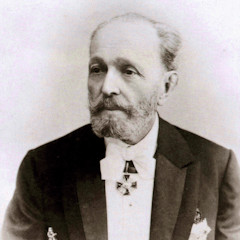
Although it was in St. Petersburg that Marius Petipa made his career, founding the Russian school of ballet and choreographing some of his best works, it was in Marseille that his story began in 1818. Born into a family of dancers, young Marius couldn't resist the siren call of the dance. He quickly realized that despite the incredible success of Romantic ballets like Giselle, the genre was stagnating. He wanted to revitalize it, putting the emphasis on storytelling through dance. By 1841 his career had taken him to Paris and Bordeaux (where he was named a principal dancer) and he presented his first narrative ballet: La Jolie Bordelaise (The Beauty of Bordeaux).
Read more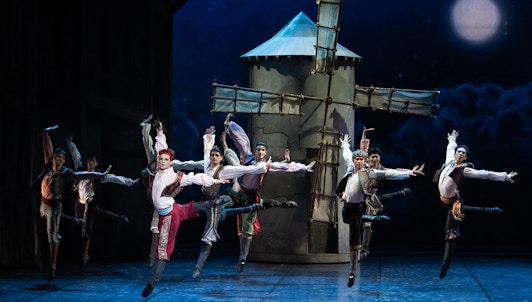
Marc-Emmanuel Zanoli (Don Quixote), Diane Le Fl...
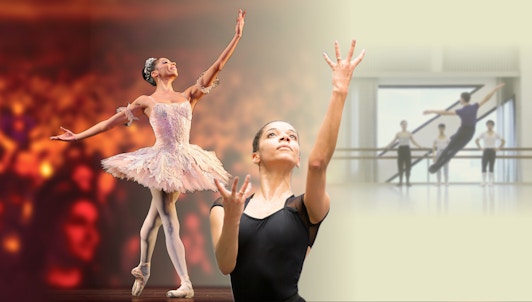
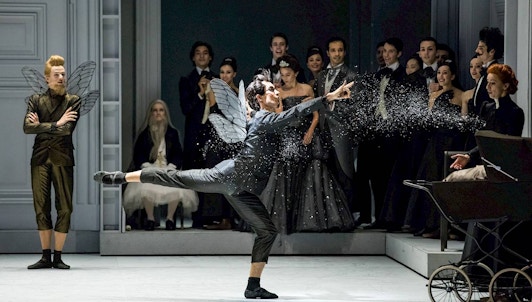

Leo Tetteh (The Young Boy), Alice Kawalek (Lexi...
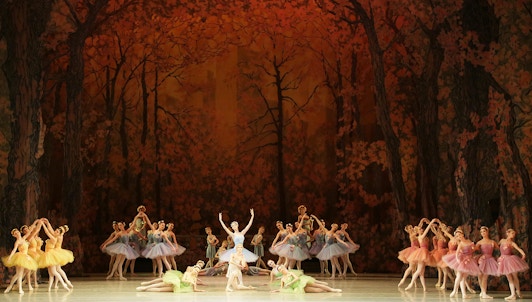
Soslan Kulaev (Don Quixote), Viktoria Tereshkin...
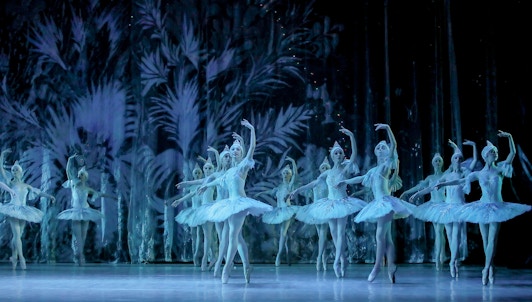
Iuliia Moskalenko (Clara), Ielizaveta Gogidze (...
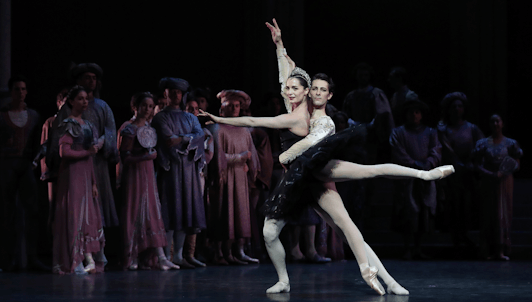
Amandine Albisson, Mathieu Ganio, François Alu ...
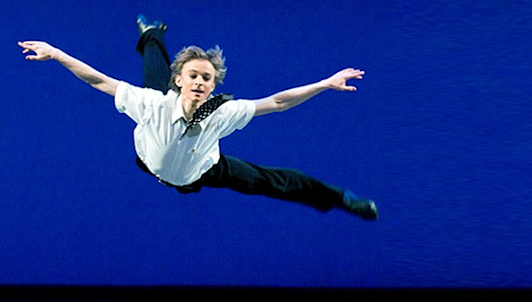
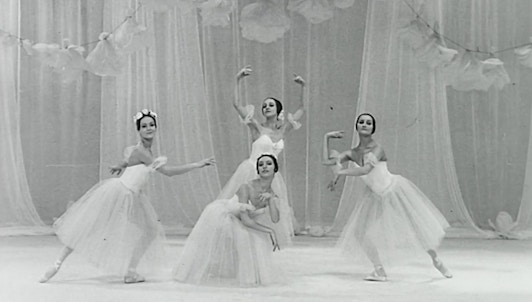

#TCH16 – With Valery Gergiev and Ariunbaatar Ga...
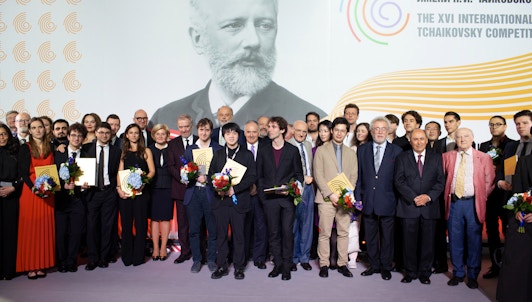

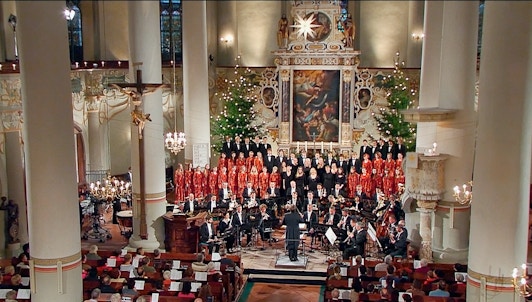
Joined by the Rundfunk-Jugendchor Wernigerode a...
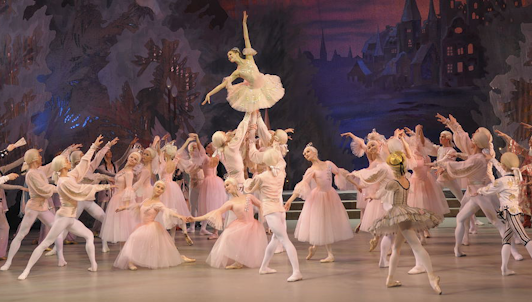
Alina Somova (Masha the Princess), Vladimir Shk...
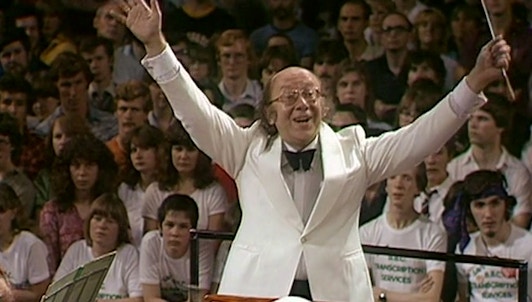
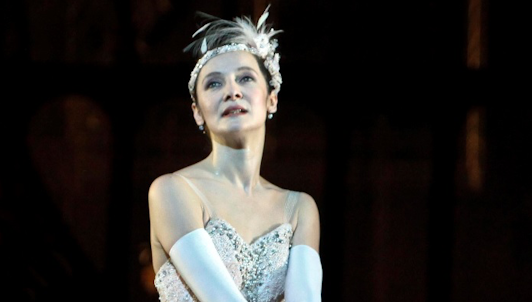
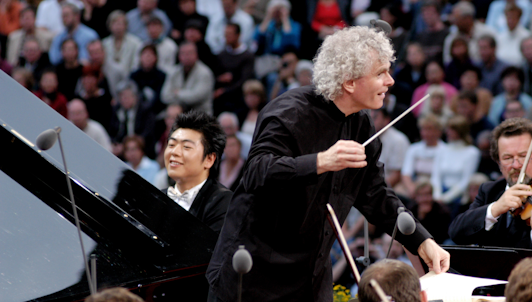
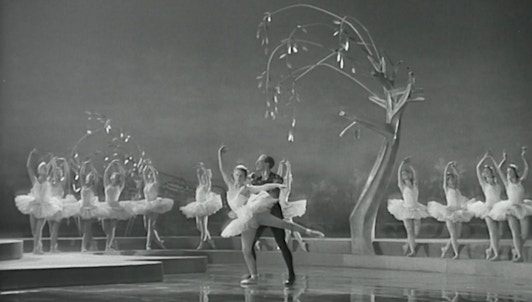
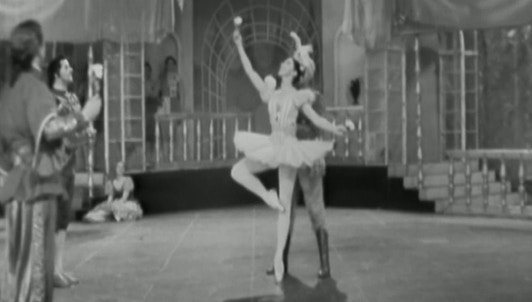
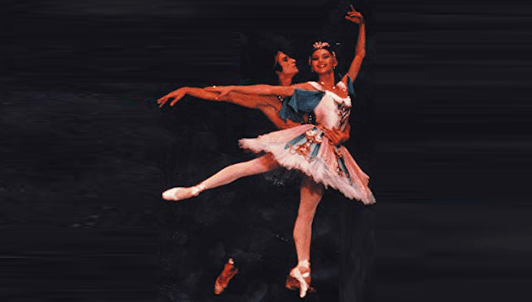
Yevgeny Neff (Conrad), Altynai Asylmuratova (Me...

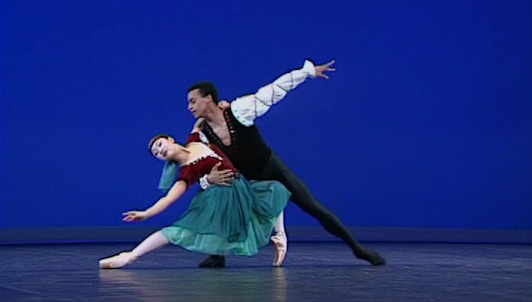



Patrick Dupond, Noëlla Pontois, Sylvie Guillem ...
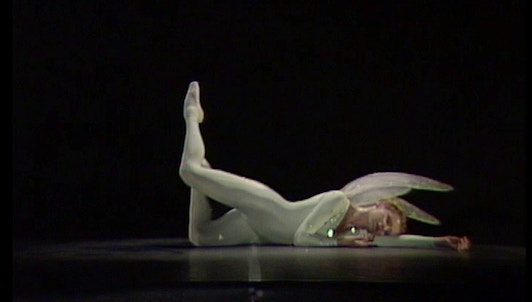
Patrick Dupond, Noëlla Pontois, Kader Belarbi,...